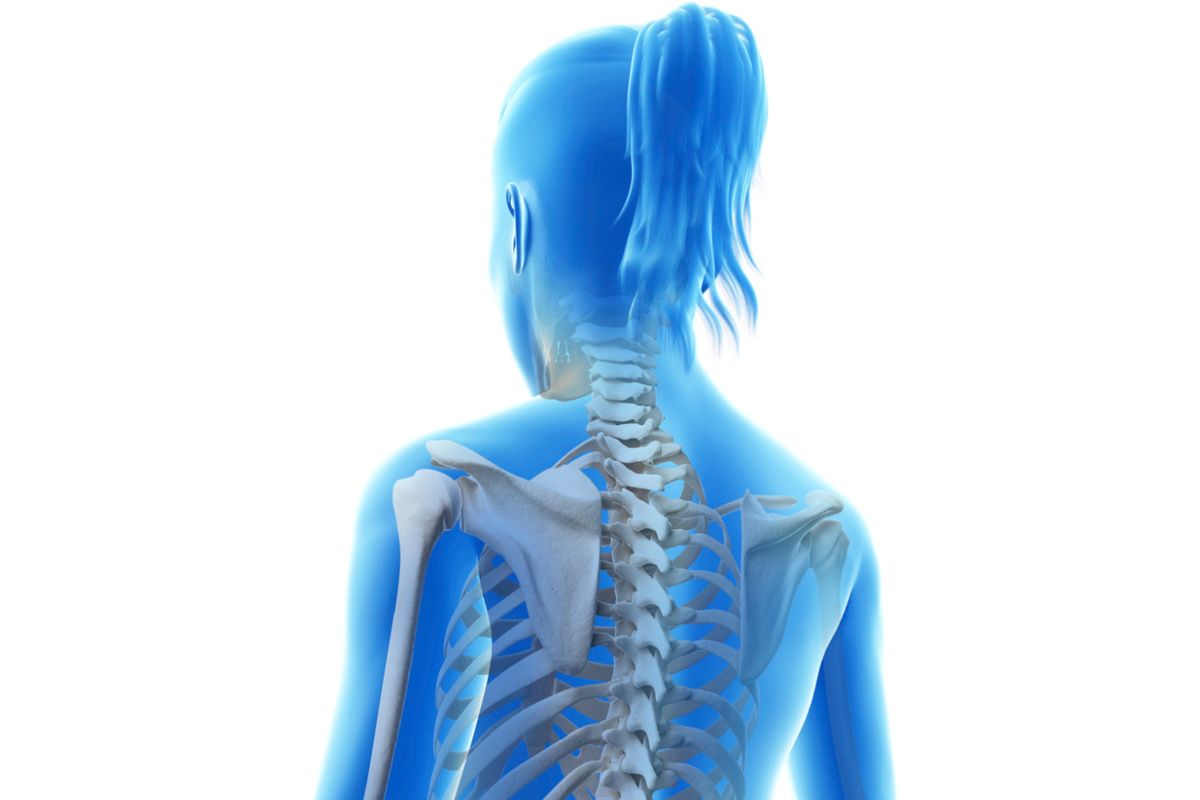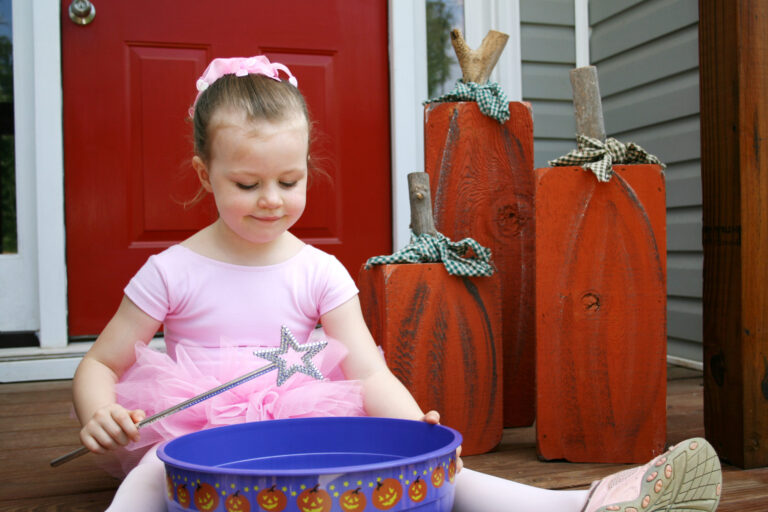
Most dancers don’t think about bone health until they have an injury. But it’s crucial to ensure a healthy foundation early on, says Dr. Eleni Lantzouni, a specialist for adolescent medicine at the Children’s Hospital of Philadelphia.
“You build bone density early in life—until your 20s,” says Lantzouni, when more than 90 percent of it is created. “You want to take advantage of that time so you can build good bones for the rest of your life.”
Unfortunately, many female dance students may have low bone mass even before they start training, according to a recent study. So while everyone needs to make deposits in the “bone bank,” some of your students may already have a deficit. This could affect their training, performance and career success.
Certain aspects—like age, genetics and sex—influence bone health and cannot be changed. Also, some conditions and medications can affect bone growth. But the most common culprit is undernourishment.
“If a dancer isn’t eating enough, the low energy intake can cause other bodily functions to shut down,” says Lantzouni. Female dancers may have menstrual irregularities, known as the female athlete triad; something similar happens in boys (although there’s no name for it). Not getting enough calories leads to hormonal disturbances, causing weakened bones and even injuries.
“Low energy availability can make a dancer more prone to injury and stress fractures,” says Lantzouni. Other issues include delayed growth, heart problems, digestive symptoms, irritability and moodiness.
It also leads to poor concentration. Students may have trouble remembering steps. Or they may lack the strength, endurance and coordination to perform them well. Down the road, they can develop poor posture or even osteopenia, a disease that causes bones to become fragile and break easily.
Window of Time
Along with technique, dancers should think about strengthening their bones. Most women need about 1,500 mg of calcium a day, but male and female dance students may require 2,000 mg or more. Along with calcium, vitamin D and iron are also important bone builders.
“During heavy training, dancers’ energy needs are higher,” adds Lantzouni. “If your students are dancing for more than an hour, they need protein and carbohydrates.” Having snacks in between classes that combine carbohydrates and protein, like crackers and cheese or yogurt with granola, can help them refuel.
Supplements should only be taken on a doctor’s advice. If a dancer needs extra nutrients, he or she should seek the advice of a physician or sports nutritionist.
The good news is that your students can quickly reverse the effects of poor eating habits, says Lantzouni. “During that window of adolescence to your early 20s, there is the potential to catch up.”



